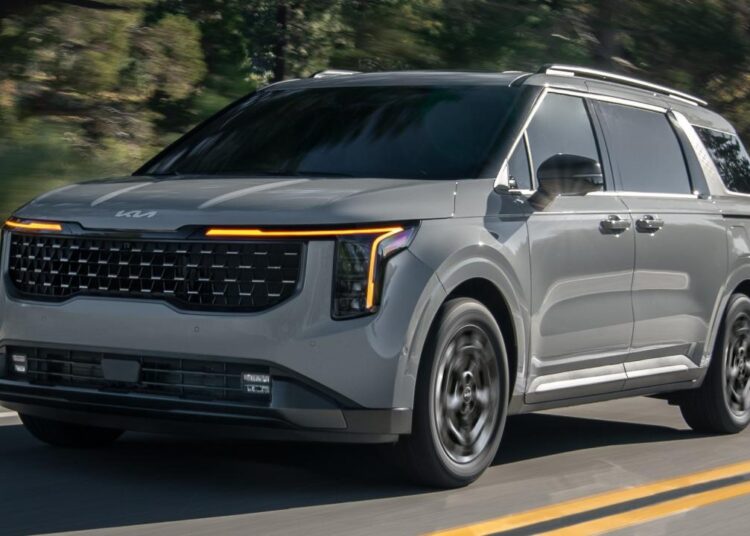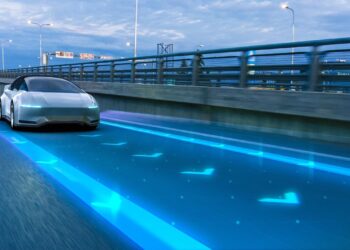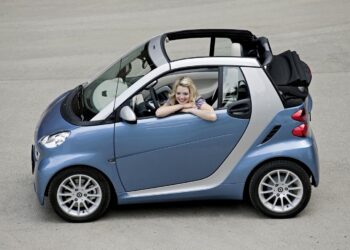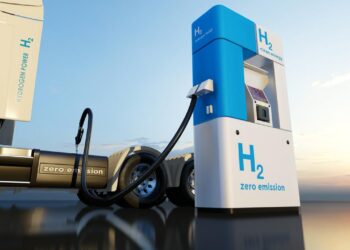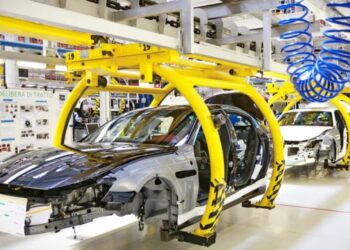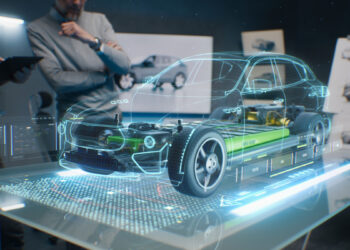The Hybrid Advantage
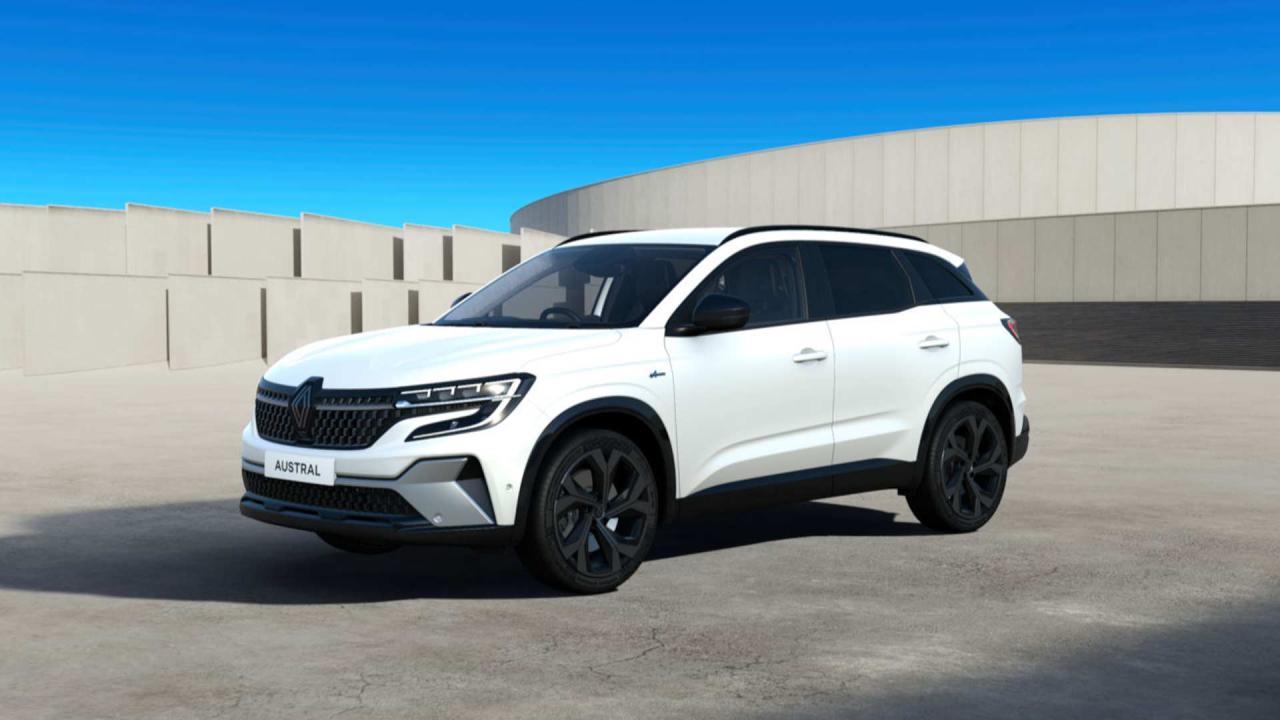
The surging popularity of hybrid vehicles isn’t accidental. It’s the result of a powerful combination of benefits that address many of the concerns drivers have about both traditional gasoline cars and purely electric vehicles.
A. Superior Fuel Efficiency
One of the primary motivators for purchasing a hybrid vehicle is its impressive fuel economy. By combining an internal combustion engine (ICE) with an electric motor and battery, hybrids can optimize power delivery and significantly reduce gasoline consumption.
- Regenerative Braking: A cornerstone of hybrid technology, this system captures kinetic energy normally lost during braking and converts it into electricity, which is then stored in the battery. This effectively reuses energy, especially beneficial in stop-and-go city driving.
- Engine Shut-Off at Idle: When the vehicle is stopped (e.g., at a red light or in traffic), the gasoline engine often shuts off, running solely on electric power. This eliminates fuel waste during idle periods.
- Electric-Only Driving: At low speeds or under light acceleration, many hybrids can operate purely on electric power for short distances, further reducing fuel consumption and emissions. This is particularly noticeable in urban environments.
- Optimal Engine Operation: The electric motor assists the gasoline engine, allowing the ICE to operate more frequently in its most efficient RPM range, avoiding inefficient high-load or low-speed operations.
- Aerodynamic Design: Many hybrid vehicles are designed with aerodynamics in mind to further reduce drag and improve fuel efficiency.
These combined mechanisms lead to significantly fewer trips to the gas station, translating into substantial cost savings for owners over the vehicle’s lifespan.
B. Reduced Emissions Footprint
Beyond fuel savings, hybrid vehicles play a crucial role in lowering tailpipe emissions, contributing to cleaner air and a healthier environment.
- Lower Carbon Dioxide (CO2) Emissions: By burning less gasoline, hybrids emit less CO2, the primary greenhouse gas contributing to climate change.
- Reduced Criteria Pollutants: The optimized operation of the gasoline engine and the use of electric power also lead to lower emissions of other harmful pollutants like nitrogen oxides (NOx) and particulate matter.
- Bridge to Full Electrification: For regions or individuals where full EVs might not yet be practical (due to infrastructure limitations or higher upfront costs), hybrids offer an immediate and tangible step towards decarbonizing transportation.
- Compliance with Regulations: Hybrids help automakers meet increasingly stringent government emissions regulations, pushing the industry towards greener solutions.
- Enhanced Urban Air Quality: In congested city areas, where hybrids spend more time in electric-only mode, they directly contribute to improving local air quality.
For environmentally conscious consumers seeking a practical and immediate solution, hybrids offer a compelling balance between present convenience and future sustainability.
C. No Range Anxiety
One of the biggest psychological barriers for potential electric vehicle buyers is “range anxiety” – the fear of running out of battery power before reaching a charging station. Hybrids completely alleviate this concern.
- Gasoline Backup: With a traditional gasoline engine, drivers have the familiar reassurance of being able to refuel at any gas station, just like a conventional car.
- Extended Total Range: The combination of electric and gasoline power often results in a total driving range that exceeds many pure EVs, making hybrids ideal for long road trips without needing to plan for charging stops.
- Familiar Refueling Process: The refueling experience is identical to a conventional car, requiring no change in habits or infrastructure.
- No Dependence on Charging Infrastructure: While some plug-in hybrids benefit from charging, standard hybrids do not require external charging, making them immediately accessible to anyone, regardless of home or public charging availability.
- Seamless Transition: Drivers can enjoy the benefits of electric driving without the worry of adapting to a new fueling ecosystem.
This “best of both worlds” approach makes hybrids incredibly appealing to a broad segment of the driving population.
D. Strong Performance and Smooth Driving Dynamics
Modern hybrids are far from sluggish. The integration of electric motors often enhances performance and refines the driving experience.
- Instant Torque from Electric Motor: Electric motors deliver immediate torque from a standstill, providing quick and smooth acceleration, especially noticeable in city driving and during initial take-off.
- Quiet Operation: At low speeds or when the vehicle is running on electric power, hybrids offer a remarkably quiet and refined driving experience, reducing cabin noise.
- Seamless Power Transition: Advanced control systems ensure a smooth and imperceptible transition between electric, gasoline, and combined power modes.
- Enhanced Responsiveness: The electric motor can provide a power boost when needed, assisting the gasoline engine during acceleration or uphill climbs.
- Variety of Models: From fuel-sipping compacts to powerful SUVs, hybrid technology is now integrated across a wide range of vehicle types, offering diverse performance characteristics.
This blend of efficiency and engaging performance makes hybrids a pleasure to drive, often exceeding the expectations of those accustomed to conventional gasoline vehicles.
E. Lower Maintenance Costs
While hybrids are technologically sophisticated, their powertrain design can lead to reduced wear and tear on certain components, potentially lowering long-term maintenance costs.
- Reduced Brake Wear: Regenerative braking reduces the reliance on traditional friction brakes, extending the lifespan of brake pads and rotors.
- Less Engine Strain: The electric motor assists the gasoline engine, reducing the overall stress and wear on the ICE, potentially extending its lifespan and reducing the frequency of major repairs.
- Fewer Moving Parts (in Electric System): The electric motor and associated components generally have fewer moving parts compared to a gasoline engine, leading to fewer potential points of failure.
- Oil Change Frequency: While still requiring oil changes, the gasoline engine often runs less frequently or under less strain, which might contribute to slightly longer oil change intervals in some models.
- Battery Longevity: Modern hybrid batteries are designed to last the life of the vehicle, often coming with extensive warranties, alleviating concerns about costly replacements.
These factors can contribute to a lower total cost of ownership over the vehicle’s lifetime, adding another layer of appeal for budget-conscious buyers.
The Different Flavors of Hybrid Technology
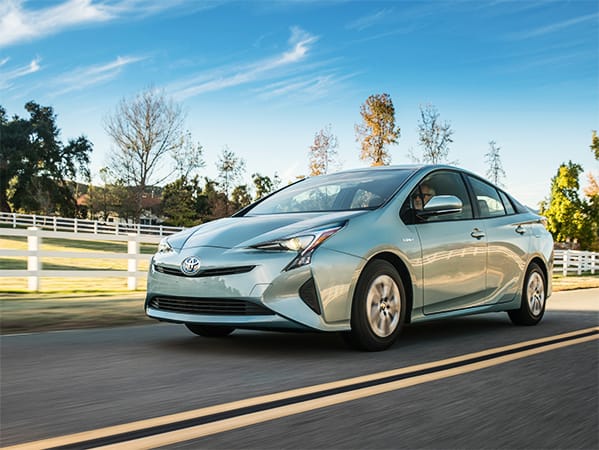
The term “hybrid” encompasses a range of distinct technologies, each offering a different balance of electric and gasoline power. Understanding these variations is key to appreciating the versatility of hybrid solutions.
A. Mild Hybrids (MHEV)
Mild hybrids are the simplest form of hybrid technology. They use a small electric motor and battery primarily to assist the gasoline engine, rather than powering the vehicle independently for significant distances.
- Basic Functionality: The electric motor acts as a starter-generator, providing a small power boost during acceleration and enabling smoother engine stop/start functionality.
- Energy Recovery: They incorporate regenerative braking to capture energy, but the electric motor cannot drive the wheels on its own.
- Cost-Effective: MHEV systems are less complex and therefore less expensive to integrate, making them a common feature in many modern gasoline cars to slightly improve fuel economy and reduce emissions.
- Minimal Fuel Economy Improvement: While they offer some efficiency gains, these are typically less significant than full hybrids.
- No External Charging: MHEVs do not require or offer the option of external charging.
B. Full Hybrids (HEV)
Full hybrids, often simply referred to as “hybrids,” are the most common type. They can operate on electric power alone for short distances and at low speeds, on gasoline power, or a combination of both.
- Parallel Hybrid: The most common type, where both the electric motor and the gasoline engine can directly power the wheels, either independently or together. Power is seamlessly blended.
- Series Hybrid: The gasoline engine primarily acts as a generator to charge the battery, which then powers the electric motor that drives the wheels. The engine rarely directly powers the wheels.
- Series-Parallel (Power-Split) Hybrid: Combines elements of both, allowing for greater flexibility in how power is delivered, optimizing efficiency across various driving conditions. Toyota’s Hybrid Synergy Drive is a prime example.
- Significant Fuel Economy Gains: Offer substantial improvements in fuel efficiency, particularly in city driving due to their ability to run on electricity.
- No External Charging Required: The battery is charged entirely through regenerative braking and the gasoline engine.
C. Plug-in Hybrids (PHEV)
Plug-in hybrids take the concept a step further, featuring larger batteries that can be charged externally (plugged in) and offer a more substantial electric-only driving range.
- Extended EV Range: PHEVs can travel significantly farther on electric power alone (typically 20-50+ miles) before the gasoline engine needs to kick in. This covers many daily commutes purely on electricity.
- External Charging Capability: Requires plugging into an external power source (standard household outlet, Level 2 charger, or sometimes DC fast chargers) to fully utilize their electric range.
- Reduced Gasoline Consumption: If regularly charged, a PHEV can operate largely as an EV for daily driving, consuming very little gasoline.
- Flexibility of Gasoline Backup: When the electric range is depleted, or for longer trips, the gasoline engine seamlessly takes over, eliminating range anxiety.
- Higher Upfront Cost: Generally more expensive than full hybrids due to larger battery packs and more complex charging systems.
- Potential for Tax Credits: Many governments offer incentives for PHEVs due to their significant emission reduction potential.
Driving the Future of Automotive Sales
The momentum behind hybrid technology isn’t just about individual vehicle sales; it’s about its growing influence on the broader automotive industry and consumer trends.
A. Bridging the Gap to Full Electrification
For many consumers, hybrids serve as an ideal “bridge” technology, offering a smooth transition from traditional gasoline cars to the electric future. They allow drivers to experience the benefits of electric propulsion (quietness, instant torque, efficiency) without the full commitment to charging infrastructure or the higher upfront cost of a pure EV. This gradual adoption helps familiarize the public with electrified powertrains, paving the way for wider EV acceptance in the long run.
B. Diversification of Offerings
Automakers are increasingly integrating hybrid powertrains across their entire lineups, not just in dedicated hybrid models. This means buyers can now find hybrid versions of popular sedans, SUVs, and even trucks, providing more choices than ever before. This diversification allows consumers to select a vehicle that fits their lifestyle and needs, while still reaping the benefits of hybrid efficiency.
C. Strong Resale Value
Given their efficiency and reliability, hybrid vehicles have historically demonstrated strong resale values. As fuel prices fluctuate and environmental awareness grows, the demand for fuel-efficient and eco-friendly vehicles remains high, contributing to better retention of value for hybrid owners. This makes hybrids an even more attractive investment.
D. Adaptability to Global Markets
Hybrid technology’s versatility makes it suitable for diverse global markets. In regions where charging infrastructure for EVs is still developing, or where electricity grids are not yet fully reliant on renewable sources, hybrids offer an immediate and pragmatic solution for reducing emissions and improving fuel economy without requiring a complete overhaul of existing infrastructure.
E. Continuous Innovation
The development of hybrid technology is ongoing. Manufacturers are constantly refining existing systems, improving battery density, optimizing engine-motor integration, and exploring new hybrid architectures. This continuous innovation ensures that hybrid vehicles remain at the forefront of automotive efficiency and performance.
The Evolving Role of Hybrids
While the long-term vision of the automotive industry points towards full electrification, hybrids are expected to play a crucial and enduring role for years, if not decades, to come.
A. Niche for Specific Use Cases
Even as EV technology advances, there will likely remain specific use cases where hybrids, particularly PHEVs, offer superior practicality:
- Long-Haul Driving: For drivers who frequently undertake very long journeys beyond the practical range of current EVs, the gasoline backup of a hybrid provides peace of mind.
- Limited Charging Access: For apartment dwellers or those without reliable home charging, a hybrid still provides efficiency benefits without the necessity of daily plugging in.
- Harsh Climates: In extreme cold or heat, where battery performance can be affected, the hybrid system provides a robust solution.
- Heavy Duty Applications: For larger vehicles like trucks or commercial vans, the combination of electric torque and gasoline range could offer an optimal balance for load-carrying and long distances.
B. Advancements in Hybrid Technology
Expect to see continued improvements in hybrid systems, including:
- More Efficient Engines: Gasoline engines specifically designed for hybrid applications will become even more efficient.
- Smaller, Lighter Batteries: Improvements in battery chemistry and packaging will lead to more compact and powerful battery packs.
- Enhanced Integration with Navigation: Systems that use GPS data to optimize hybrid power usage based on upcoming terrain and traffic conditions.
- Vehicle-to-Grid (V2G) Capabilities: Plug-in hybrids could potentially contribute power back to the grid during peak demand, turning vehicles into mobile energy storage units.
- Increased Electric-Only Ranges for PHEVs: As battery technology progresses, the electric range of PHEVs will likely extend, allowing even more daily driving to occur without burning gasoline.
C. Policy and Regulatory Influence
Government policies will continue to shape the trajectory of hybrid adoption. While some regions might push aggressive EV mandates, others may continue to offer incentives for hybrids as a viable pathway to decarbonization. The role of hybrids in meeting national and international emissions targets will be a key factor in their ongoing presence and development.
D. Consumer Education and Awareness
As the array of powertrain options grows, effective consumer education will become even more vital. Helping buyers understand the differences between mild hybrids, full hybrids, and plug-in hybrids, and how each fits different driving patterns, will be crucial for informed purchasing decisions.
Conclusion
The accelerating momentum of hybrid technology in the automotive market underscores its undeniable value proposition. By offering a compelling blend of fuel efficiency, reduced emissions, range assurance, and a refined driving experience, hybrids are meeting the diverse needs of today’s drivers. They serve as a practical and effective bridge to an electrified future, while simultaneously standing strong as a powerful solution in their own right. As the industry continues its evolution, hybrids will remain a cornerstone of sustainable transportation, providing a robust, flexible, and increasingly popular choice for consumers globally. The era of blended power is not just a temporary phase; it’s a testament to ingenious engineering, solidifying its position as a major force in shaping the future of mobility.

